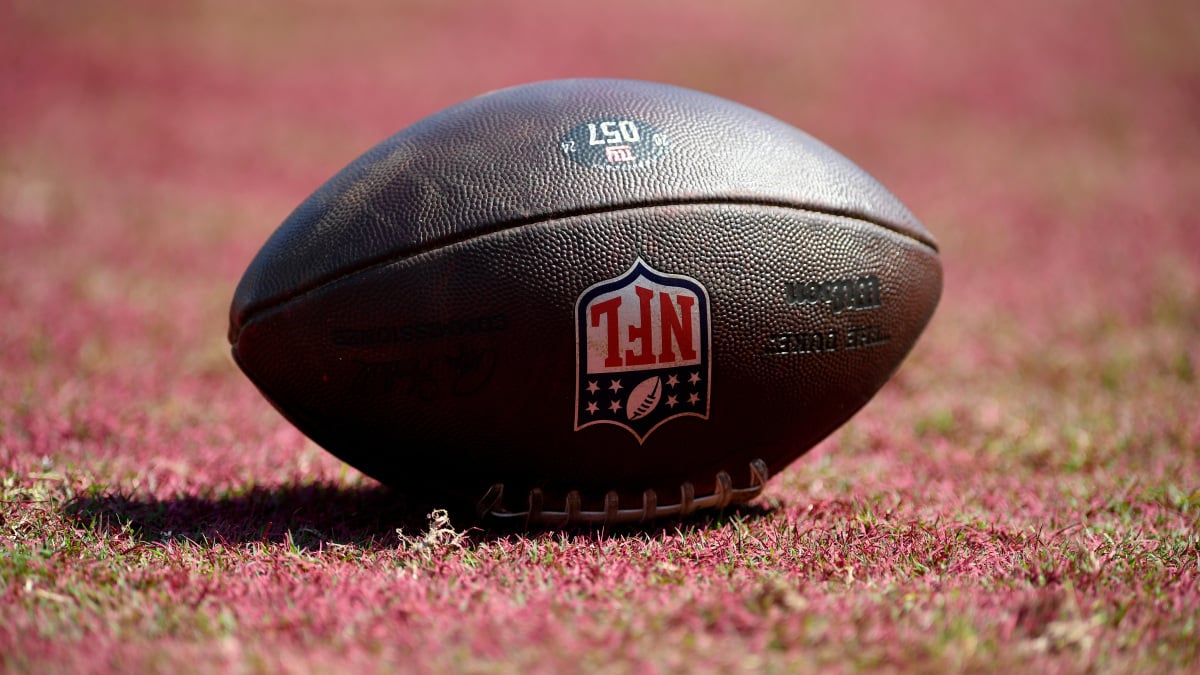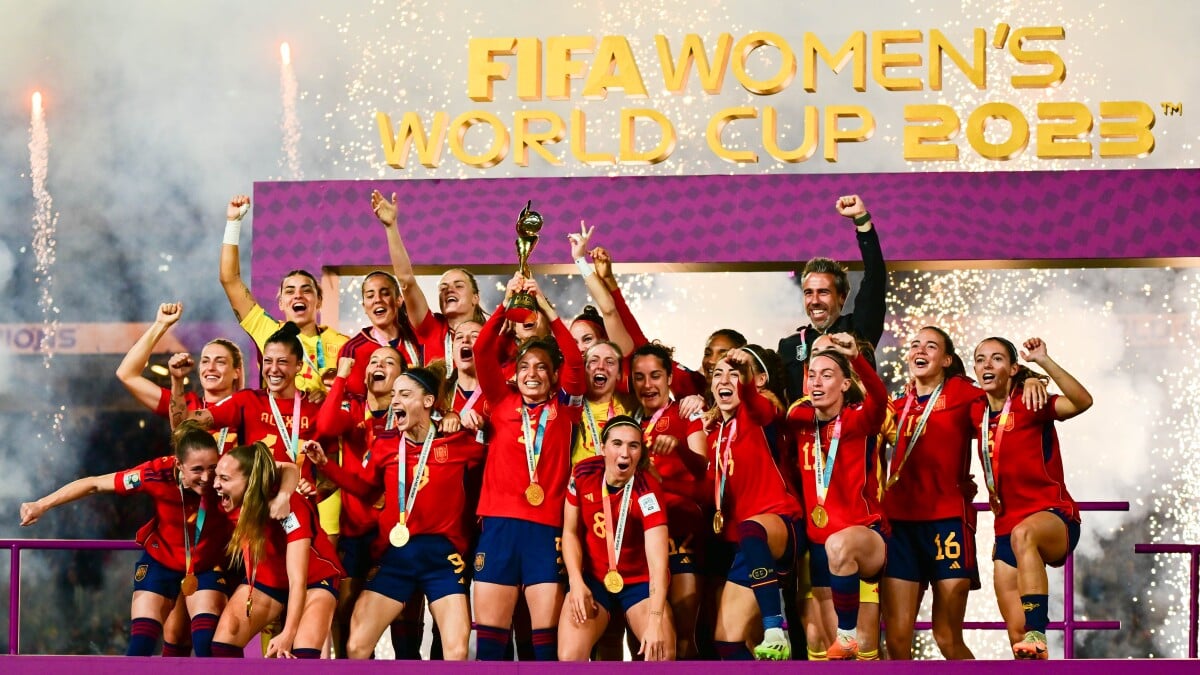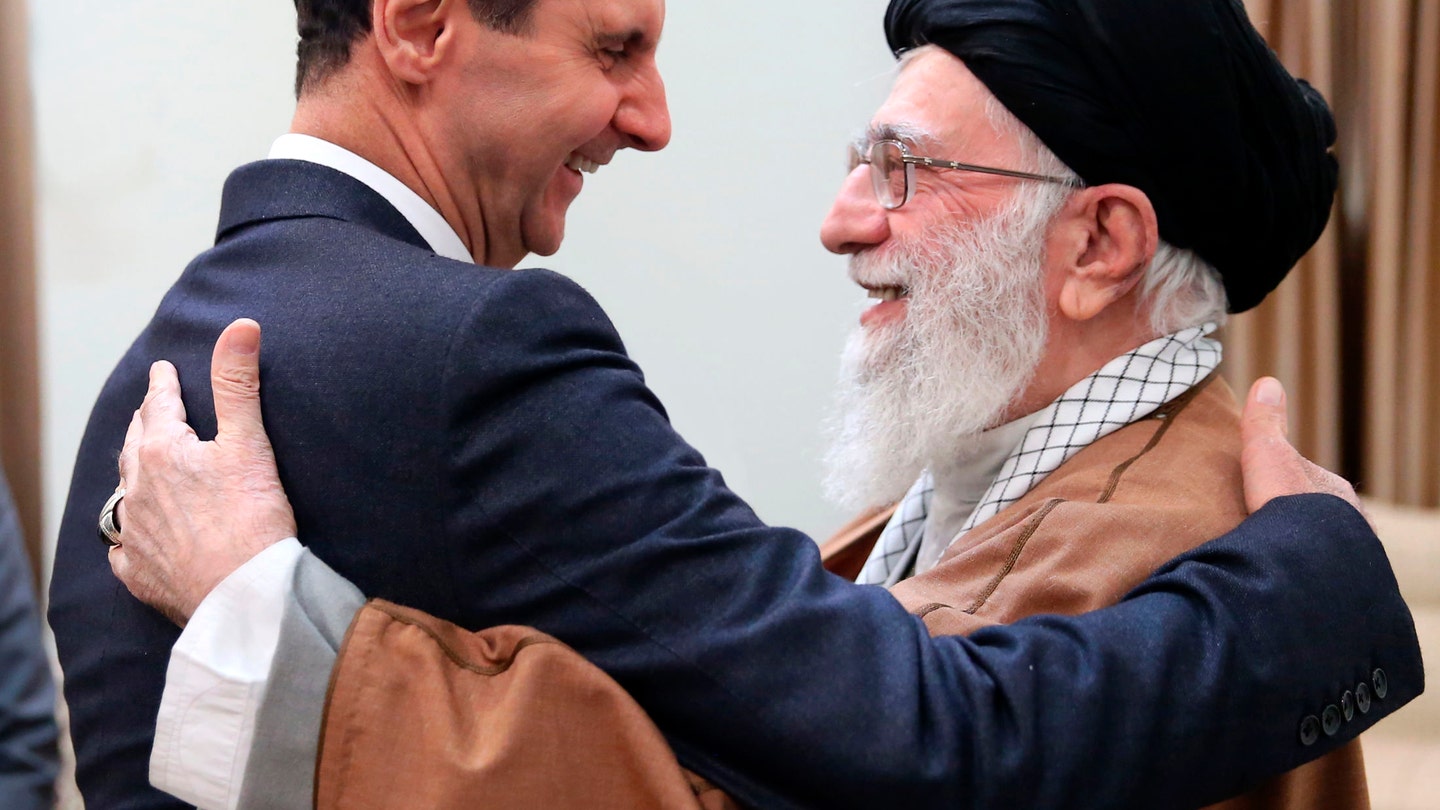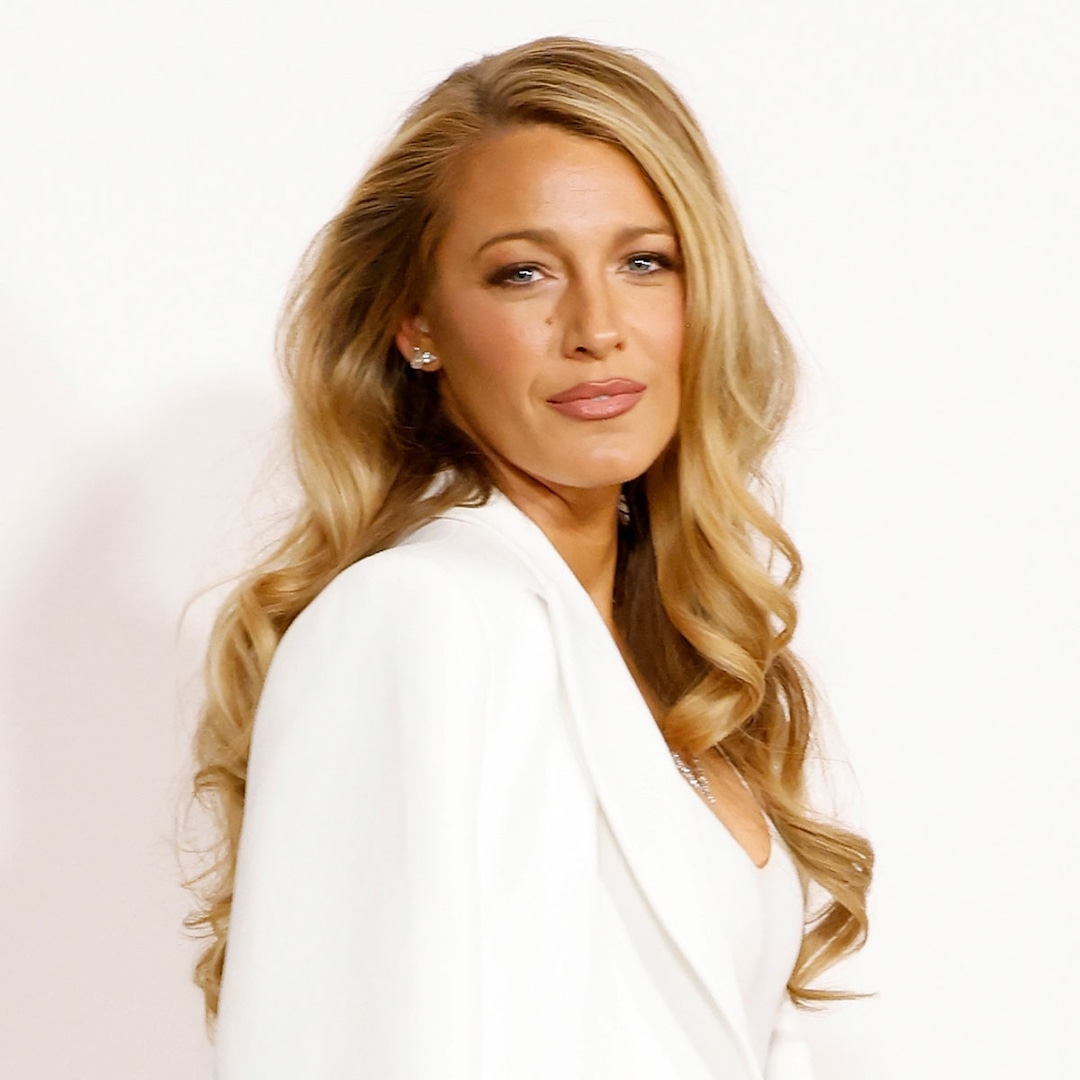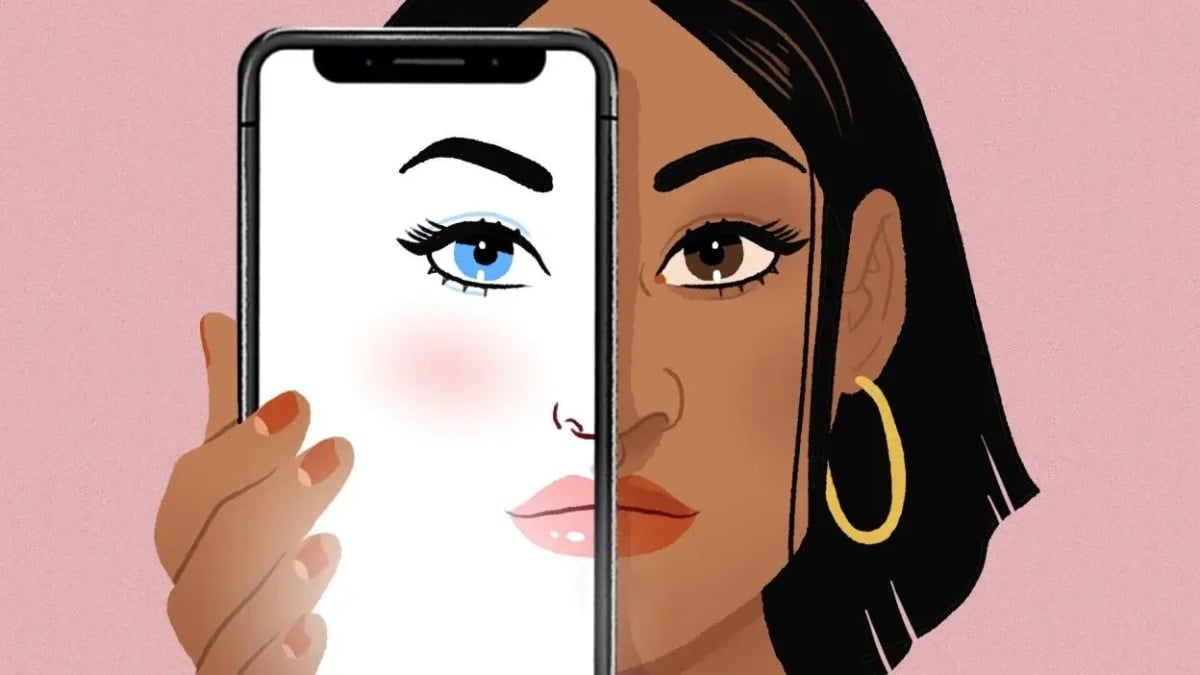
“You’re not ugly; you’re just not doing your makeup according to your facial contrast,” starts one of the over 52,000 videos of women using the “What’s your contrast” filter on TikTok.
The latest trend in beauty filters plays on women’s insecurities to sell products, encouraging users to classify their faces based on the contrast between their features. The filter turns your face black and white, providing a model that categorizes faces into high, medium, and low contrast types. However, the standard for comparison is rooted in Eurocentric beauty ideals, offering only three skin tone options: light, medium, and dark. It suggests that the darker your features appear against your skin, the higher contrast you should assign to yourself. Each contrast level is linked to a recommended makeup style — low contrast calls for subtler looks, while high contrast leans towards bolder, more striking makeup.
In a video that’s been viewed over 5 million times, the creator of the filter, @alieenor, a French makeup artist, says, “As someone who had very low self-confidence, this is one of my missions on earth to help women be confident in themselves. Help them use makeup to their advantage and not work against them.” She pitches contrast theory as a tool to liberate yourself from insecurity and finally feel beautiful.
Her logic, as with any TikTok beauty trend, harmfully conflates self-worth with appearance — and prizes White European beauty above all else.
She argues, “It’s an important factor to know about yourself.” And explains, “If you’re high contrast…in order to have a balanced face, you should add some kind of intensity. If you don’t, it’s okay. You understand why you look washed out.” She talks about how discovering contrast theory helped her realize, “This makeup is not for me, it’s not because I’m not beautiful.”
Mashable Top Stories
While @alieenor might have created the filter in good faith to help women feel confident, it engages in a dangerous ideology that empowers “feeling beautiful” at whatever cost. In recent years, the beauty industry cleverly rebranded beauty as a form of self care, giving us all the excuse of “it makes me feel good!”
Slugging, gua sha, rice water, and more: How stolen cultural beauty practices feed viral videos
Positioning contrast theory as a quick fix for low self-confidence sends a particularly harmful message to teenage girls—especially in an environment where algorithms are known to exploit their insecurities. A 2021 CDC report found that one in five teen girls felt persistently sad and hopeless, a 21 percent increase since 2011.
Creator @alieenor’s explanations of medium, low, and high contrast have garnered 11.7 million, 1.7 million, and 7.2 million views, respectively. Despite contrast theory’s popularity on the platform, it faces significant criticism.
“This is another bogus trend that only works for fair skin and I’m going to prove it to you guys by doing high contrast versus medium contrast makeup on brown skin,” said Monika Ravinchandran, a beauty creator, in a video. She goes on to argue that sorting people with really dark skin as low contrast, invalidates “full glam Black girl makeup.”
“There’s a reason Desi bridal makeup and the UK Black girls all eat up full glam,” continued Ravinchandran. “Brown skin slays in high contrast makeup. Darker skin absorbs more light, so we actually need more dimension and we can take more color.” By dictating what type of makeup suits different skin tones, critics argue that the theory also implicitly dictates what doesn’t suit certain skin tones — essentially labeling those choices as unattractive or undesirable.
In the long history of TikTok beauty trends, contrast theory is nothing new. It follows in the footsteps of color analysis, the eyebrow filter, and the perfect face ratio filter. It’s high time body neutrality gets its viral filter moment. But a filter like that would struggle to break into TikTok’s algorithm — especially since it wouldn’t drive product sales or allow creators to earn commissions from promoting beauty products.


